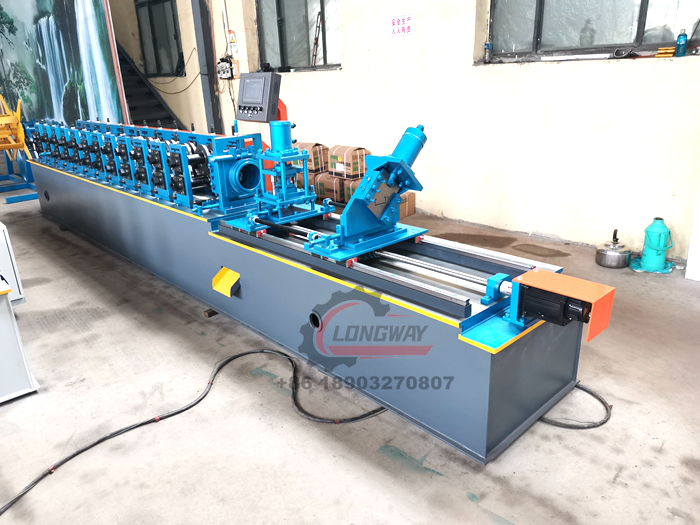
rolling door machine
The Rolling Door Machine A Revolution in Industrial Automation
In the modern industrial landscape, automation plays a crucial role in enhancing efficiency, safety, and productivity. Among the various innovations, the rolling door machine stands out as a vital component in the automation of entrances and exits in warehouses, factories, and commercial spaces. This sophisticated technology not only simplifies access management but also contributes significantly to energy efficiency and security.
What is a Rolling Door Machine?
A rolling door machine primarily refers to the electronic system that operates a rolling door, which can be constructed from various materials such as metal, vinyl, or composite materials. These doors roll up and down vertically, saving space and providing a secure barrier when closed. The machine comprises several key components, including a motor, rollers, sensors, and control interfaces that work together seamlessly to ensure smooth operation.
How Does It Work?
At the heart of the rolling door machine is an electric motor that drives the door's movement. When a signal is sent from a remote control, access panel, or sensor, the motor engages, allowing the door to roll upward or downward efficiently. Many modern rolling door machines are equipped with safety sensors that prevent the door from closing on obstructions, ensuring the safety of employees and equipment. Additionally, advanced models feature smart technology, enabling remote operation via mobile apps and integration with broader building management systems.
Benefits of Rolling Door Machines
1. Space Efficiency Unlike traditional swinging doors, rolling doors do not require extra space to open or close, making them ideal for areas with limited room.
rolling door machine

2. Energy Savings Rolling door machines can be fitted with insulation options, minimizing temperature fluctuations in climate-controlled environments. This leads to significant energy savings by reducing heating and cooling costs.
3. Enhanced Security These doors provide a robust physical barrier, deterring unauthorized access and protecting valuable inventory and equipment.
4. Durability and Low Maintenance Rolling doors are designed to withstand the rigors of industrial use. With minimal moving parts exposed, they generally require less maintenance compared to traditional doors.
5. Quick Access With the ability to open and close swiftly, rolling door machines increase operational efficiency, allowing for faster movement of goods and personnel.
Applications
The versatility of rolling door machines makes them suitable for a wide array of applications. They are commonly found in loading docks, warehouses, distribution centers, and manufacturing plants. In addition, they are increasingly being used in retail space entrances and fire stations due to their quick access capabilities.
Conclusion
The rolling door machine is a testament to the innovations in industrial automation. As businesses continue to seek solutions that enhance safety, efficiency, and functionality, these systems offer a compelling answer. Investing in rolling door machines not only elevates the operational capability of facilities but also aligns with modern approaches to sustainable and secure workplace environments. As technology continues to advance, we can expect even more sophisticated features and functionalities, further solidifying the role of rolling door machines in the future of industrial automation.
-
Key Features to Look for in a Roof and Wall Panel MachineNewsMay.23, 2025
-
Key Features of a Roller Shutter Door Forming MachineNewsMay.23, 2025
-
Key Features of a Purlin Roll Forming MachineNewsMay.23, 2025
-
Key Features of a Cut to Length & Slitting LineNewsMay.23, 2025
-
Benefits of Using a Downspout Gutter Forming MachineNewsMay.23, 2025
-
Advantages of Using a Steel Deck Floor Roll Forming MachineNewsMay.23, 2025
-
Revolutionize Your Gutter Production with a Gutter MachineNewsMay.23, 2025







